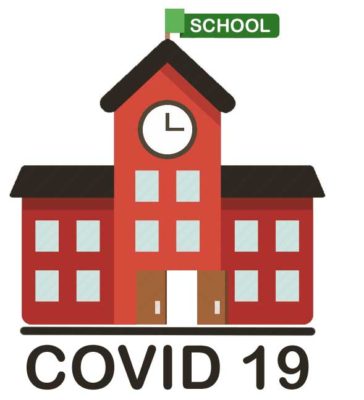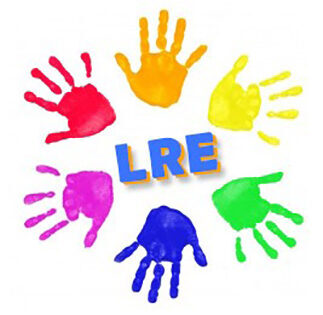QUESTIONS AND ANSWERS ON PROVIDING SERVICES TO CHILDREN WITH DISABILITIES DURING THE CORONAVIRUS DISEASE 2019 OUTBREAK
On March 12, 2020, the U.S. Department of Education Office of Special Education and Rehabilitative Services (OSERS) and Office of Civil Rights (OCR), issued a Q and A publication regarding the current pandemic:
Questions and Answers on Providing Services to Children with Disabilities During the COVID-19 Outbreak
OSERS also issued a supplemental fact sheet on March 21, 2020:
Supplemental Fact Sheet
Among the “takeaways” from this regulatory guidance:
– If an LEA continues to provide educational opportunities to the general student population during a school closure, the school must ensure that students with disabilities also have equal access to the same opportunities, including the provision of FAPE. (34 CFR §§ 104.4, 104.33 (Section 504) and 28 CFR § 35.130 (Title II of the ADA)). SEAs, LEAs, and schools must ensure that, to the greatest extent possible, each student with a disability can be provided the special education and related services identified in the student’s IEP developed under IDEA, or a plan developed under Section 504. (34 CFR §§ 300.101 and 300.201 (IDEA), and 34 CFR § 104.33 (Section 504)).
– If a child does not receive services during a closure, a child’s IEP team (or appropriate personnel under Section 504) must make an individualized determination whether and to what extent compensatory services may be needed, consistent with applicable requirements, including to make up for any skills that may have been lost.
– IEP teams may, but are not required to, include distance learning plans in a child’s IEP that could be triggered and implemented during a selective closure due to a COVID-19 outbreak. Such contingent provisions may include the provision of special education and related services at an alternate location or the provision of online or virtual instruction, instructional telephone calls, and other curriculum-based instructional activities, and may identify which special education and related services, if any, could be provided at the child’s home. Creating a contingency plan before a COVID-19 outbreak occurs gives the child’s service providers and the child’s parents an opportunity to reach agreement as to what circumstances would trigger the use of the child’s distance learning.
Categories:Uncategorized
0 Likes





